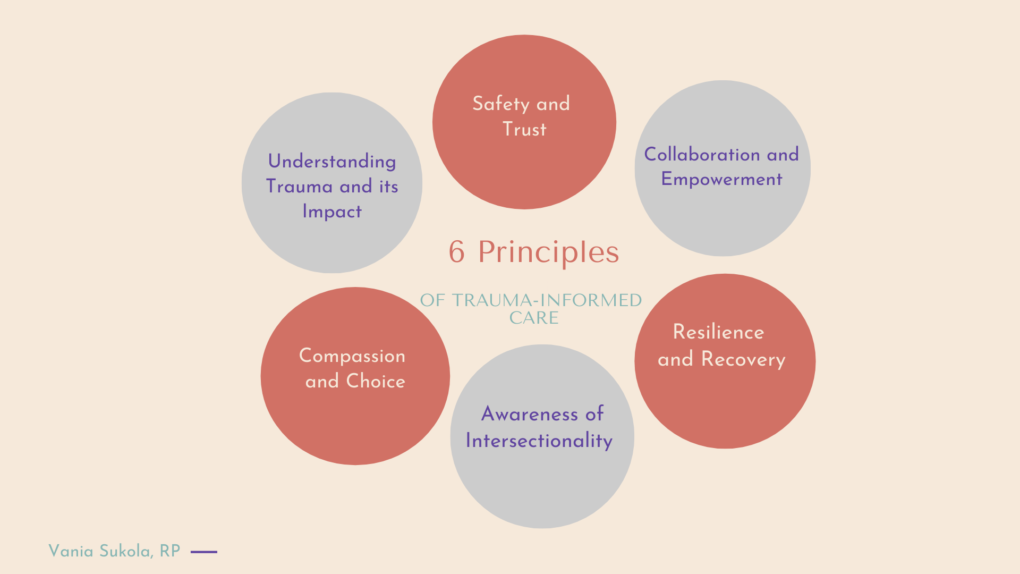I had a realization recently that I want my kids to see me relaxing. It came after noticing how I would make a point to look busy when they came home. Not just when i was actually working from home, but when i dared to put my feet up and read a book or scroll on my phone. It wasn’t to avoid them but rather to make myself appear productive. I would see them at the front steps and run to the kitchen to look like i was cleaning the dishes or something else deemed worthy. I can’t be the only one, surely, or am i? Maybe?
It dawned on me that what i really want them to know is that I am enjoying my life: That we don’t always have to be working or busy; our value is not based on how productive we are, especially when it’s at the expense of our health. I want them to see that they ar worthy inherently and I am living a life of my making.
I also want to live a life of sovereignty and not servitude. I don’t want to be at someone’s beck and call. I wholeheartedly know that rested women will change the world. I think that’s exactly what patriarchy is afraid of. If rest and pleasure are our birthright, relaxing is the means that gets us there.

August is the time i dedicate to my own needs. To my own rest and pleasure specifically. I take off the month from client work so that i can rest my body, quiet my mind, and also tend to the dream seeds that i planted earlier in the year. They are now being born and need attention. I am so excited about what is yet to come this year!
We celebrated Lughnasadh earlier this month. It is the first harvest, where we start to collect what we need for the winter that is fast approaching. The corn and peaches are abundant. This also includes our own life’s dreams and the visions we cast for our life. What have you been nurturing and growing this year? Where do you feel abundant? In what ways have you been caring for yourself so that you can continue to work growing your own inner garden?
August reminds me to attune to my word of the year. As this year is committed to Presence, this is the time to be fully present with this moment right here right now. It is about coming ALIVE. That means we need rest to balance the service i give others. Rest restores us. It also reminds us that the life we are living is our own.
We are meant to be fully alive, not just relaxed. We are not meant to always be performing and creating. That leads to toxic productivity. Rather, humans need a balance of rest and renewal so that we can integrate what we have learned and experienced. We also all need to receive care, and not just be care-givers.
This can be hard when it is so often the case that we have strong Inner Critics who are in cahoots with the overculture’s tendency to push us to be selfless and martyr our own needs. We may have more freedom than our motherline and ancestors, but have still inherited helplessness. Luckily, many of us are healing from late stage capitalism, and internalized patriarchy that tells us to keep hustling and ignore knowing this truth about these ancient ancestral embodied processes that are connected to a feminine embodied way of being in the world.
Chronic stressful situations like isolation, loneliness, bereavement, caregiving, family conflict, deplete our empathy, dopamine, and serotonin levels. We replenish by being safe, seen, and supported by others. This is done through attunement and co-regulation.
Science has been conveniently quiet on research about what women are faced with and focus on – menstruation, matrescence and menopause rites of passage. And yet, this cyclical spiral continues to evolve and includes motherhood. It is an intuitive, wild dance that is also a soulful experience.
There are many instagram accounts, books, podcasts, and programs that are rising to the task to heal our toxic productivity and internalized patriarchy. For instance, I just finished The Relaxed Woman by Nicola Jane Hobbs. In her book, she describes various ways to become more relaxed. One thing that i especially appreciated is that she reminds us that giving ourselves our own care is a feminist act. “Becoming a relaxed woman is a feminist issue because freedom is at the heart of feminism” (pg 64). According to her, freedom is the felt sense of having choice and agency to do what we want. It is about having freedom to do what i can do, not just what i should do. She goes on to suggest that “patriarchal and capital values have hijacked the authentic feminism that inspired toward a more caring and interdependent society, replacing it with a corporate feminism that encourages independence and meritocracy. Instead of free women, it has trapped us in the same patriarchal, capitalist, values, and expectations that men face.”
Hobbs shares her concept of Compassionate Feminism as a counter to this. It is support for each other, care and respecting choices, private intimate everyday moments; ack our capacities, needs and vulnerabilities; compassion leads to care so can fight for everyone’s freedom and not be exhausted. Relax and rest is paramount. We are not built to fight for everyone; but are meant to all fight for something.
This is where the Relaxed Woman Archetype may be of service. She lives within all of us, and is waiting to be welcomed and released from the clutches of toxic productivity, patriarchy, white supremacy, and capitalism. She is ready to be uncaged and re-wilded. She is the one who can lounge with a good book and snacks as well as know that her worthiness is not tethered to success. She is the woman who can ask for help after becoming a mom, who takes a lunch break at work (especially when it’s not paid for), the adult daughter who sets boundaries with her parents who have turned to her for help all her life.
Hobbs offers this reflection as a guide: “She is the personification of our authentic self, our intuitive self, our wild self. She knows her worth, embraces her power, and trusts her inner rhythms of hard work and deep rest, of inner healing, and outer contribution, of holding others and letting herself be held. She feels safe and free in her body and in the world.”
In her book, Hobbs shares her 6 Steps for a relaxed woman journey.
1) Restore your inner resources
2) Regulate your nervous system
3) Nurture your relationships
4) Release your limiting beliefs
5) Realize your dreams
6) Join the relaxed woman movement
We are wired for joy, kindness, compassion, play and rest – stress inhibits this. “Without regularly restoring our emotional resources we can find ourselves in an emotional rest deficit, which can manifest in feelings such as powerlessness, hopelessness, loneliness, anxiety, exhaustion, irritability, unworthiness, insecurity, overwhelm, self doubt” (Hobbs). Here are some ways that I have noticed reach a felt sense of relaxation and may help you also embody the Relaxed Woman.
Track Your Own Multitasking
For three days do the following: 1) Chart the length of time per day you are able to focus on one and only one task without doing another single thing at the same time. 2) Note how many tasks you work on longer than fifteen minutes without interruption. 3) Note how many sidesteps arose because you were multitasking or allowing yourself to be pulled off task by distractions. 4)Be aware that one of the major culprits to multitasking is the abundance of thoughts that fill your mind while you are doing something else. From Sandra Bond Chapman, Make Your Brain Smarter: Increase Your Brain’s Creativity, Energy, and Focus
Know What Rest You Need
Did you know that there are about 10 types of rest – emotional, physical, social, spiritual, social, mental, sensory, playful, ecological/nature, and play/creative. In a previous journal article, have spoken about how important it is to curate the right remedy for the rest you need. For instance, as a therapist, i need a brain massage, glow moments, and emotions that land in my system with ease and spaciousness.
For instance, during my month off from work, my emotional rest includes journaling, dance, delight moments, soaking in water, and lots of beauty. Play, wonder, and joy are how i embody rest and live in the moment.
Tiny Experiments of Rest
Nervous system resourcing helps us to stay connected to our present moment. It is not the goal to be calm all the time, because our body is meant to let us know when things happen outside of us that have an impact. We don’t need the time we give ourselves rest to be outlandish. A mere two minutes can go far. We need to titrate rest so that we can titrate with rest.
Taking care of ourselves heals our nervous system back into regulation and also gives our mind, body and soul the care it needs. When we relax with what is present it helps us be more mindful about what it is we need.
Another helpful practice is to rest with others. Body double with someone to really embody this. Cuddle with them, have a nap, read at the beach, float in the water together.
Make Rest Happen with Rest Rituals
Giving presence for the sacred in daily life can be an intentional pause on the couch and orienting your eyes to your immediate surroundings. This helps titrate your capacity for more rest. What makes it a ritual is to do it with intention and awareness.
Have you heard of the goddess Kuan Yin’s Royal Ease Pose? I have been sitting with this practice this summer and it has been one of the most beautiful, simple and potent rituals. If you feel inspired, try it – sit on the earth and maybe even open your skirt and have your real seat be on the land. Again, i am guided by Hobbs reflection that “rest is an act of trust and surrender.”
We become what we practice. What we practice, we become.
Maybe make a rest nest, something like the well-known ‘man cave.’ This nest needs our tending and also the agreement of our partners. Men also need to heal from the norms of masculinity by cultivating a more sacred, healed masculinity that also rejects patriarchal views of dominance. This includes participating more in the household. This means also breaking the cycle that our fathers modeled – to not be involved in the family life and tasks of being an adult and parent.
One of the main reasons i take time off in August is to be present with my favourite season. Another reason is to ensure i don’t burnout nor suffer with compassion fatigue. In my line of work, active hope is a requirement. Spiritual stress is when we no longer find sources of meaning, peace, comfort, hope or connection. So the antidote is spiritual rest by creating a sense of meaning.
When we make a point to rest and be relaxed, it doesn’t only heal us, but also heals intergenerational trauma and sets the stage for our children and future descendants. How do you want to be remembered? Do you want to be remembered as compassionate, being relaxed and having joy or your service becoming servitude and being stressed and tired? I have had clients commend me on the long break i take for myself in the Summer. It gives them hope, inspiration and the modelling that is so important. As we care for ourselves, we embody the changes that we all need to heal from internalized patriarchy. This is also not about fixing anything that is broken in us. “Rather than fixing ourselves, we are becoming ourselves.” (Hobbs) We are becoming more relaxed, and feeling safe helps our authentic Self awaken.
Now when i hear my kids coming home, i keep my feet on the coach and look up with a smile to greet them exactly as i am: relaxed and content.


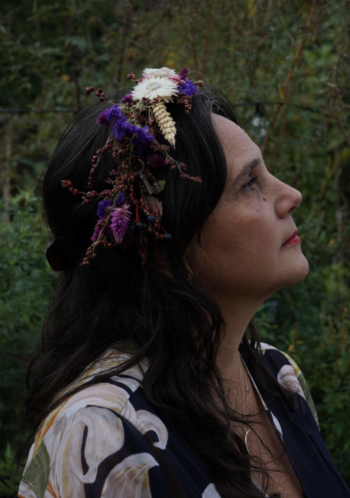
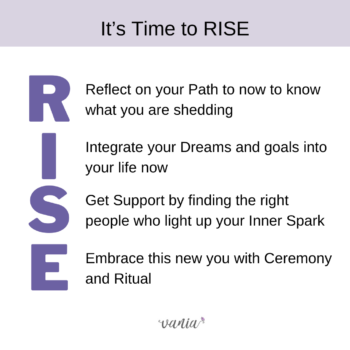
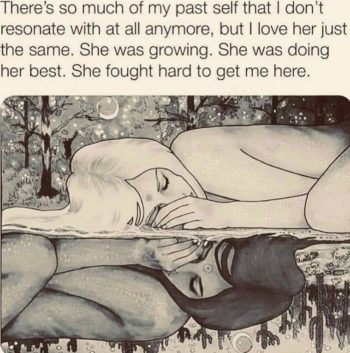 We are not meant to bounce back. We are not the same as before. We are not yo-yos or slinky toys. We may be better or not but we are clearly changed. We all die these little deaths in our lifetime, because we are supposed to.
We are not meant to bounce back. We are not the same as before. We are not yo-yos or slinky toys. We may be better or not but we are clearly changed. We all die these little deaths in our lifetime, because we are supposed to. 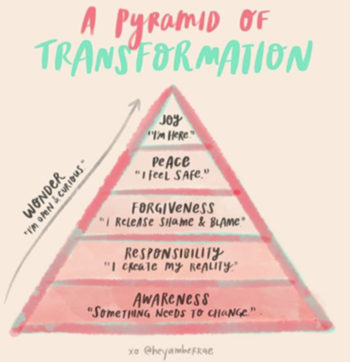
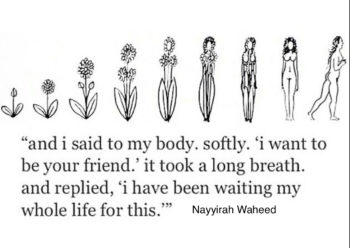
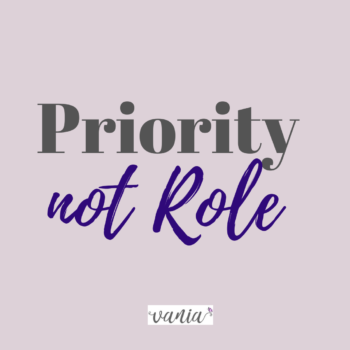 In my status as a mother, for example, i value raising my children as intersectional feminists, as embodied hope for our future to be better than it is. So we talk about things, i encourage them to come to me, i hold space for their feelings. All their feelings are valid, even the ones that are hard for me. As a partner (okay, ‘wife’), i value this relationship because it is the most secure attachment i have ever had and all of me is welcome to the table. As a working mom, the role may dictate some of my available time, and yet i am privileged in my self-employment to take time off each day to pick up the kids from school, go for walks at lunch with them, and have slower summers.
In my status as a mother, for example, i value raising my children as intersectional feminists, as embodied hope for our future to be better than it is. So we talk about things, i encourage them to come to me, i hold space for their feelings. All their feelings are valid, even the ones that are hard for me. As a partner (okay, ‘wife’), i value this relationship because it is the most secure attachment i have ever had and all of me is welcome to the table. As a working mom, the role may dictate some of my available time, and yet i am privileged in my self-employment to take time off each day to pick up the kids from school, go for walks at lunch with them, and have slower summers. 